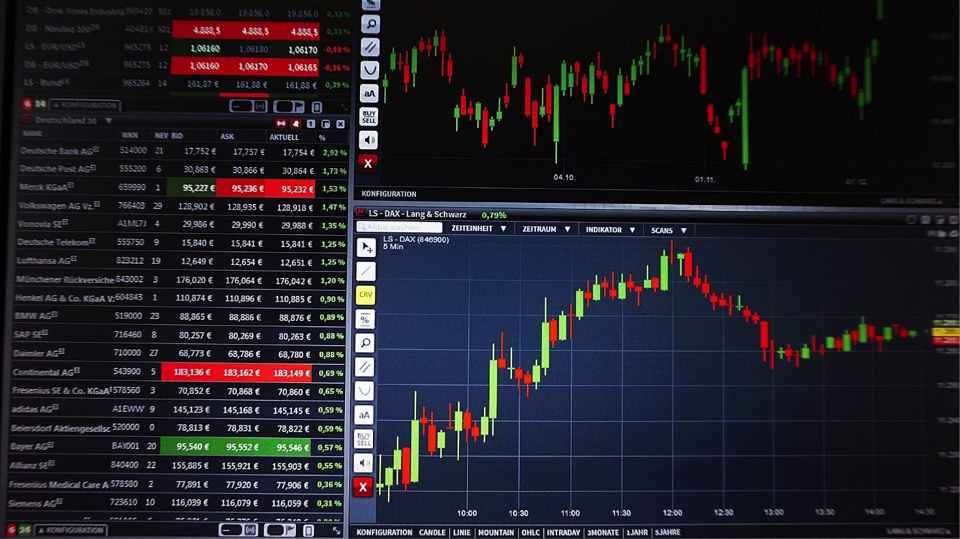In the fast-paced world of options trading, reading the tape is an essential skill that can help you make informed decisions and potentially maximize your profits. It’s like getting a glimpse into the market’s heartbeat, providing a real-time understanding of the supply and demand dynamics driving prices.

Image: www.asiaforexmentor.com
The Anatomy of the Tape
The tape in options trading refers to a continuous stream of data that provides detailed information about each trade executed on an exchange. It includes the following key elements:
- Time: Indicates the exact time of the trade
- Symbol: Specifies the underlying security of the option contract
- Expiration: Shows the date when the option expires
- Strike Price: Represents the price at which the holder of the option can exercise it
- Call/Put: Indicates whether the option is a call or a put
- Volume: Reflects the number of contracts traded
- Price: Displays the execution price of the trade
Decoding the Patterns
By carefully observing the data in the tape, traders can identify patterns and trends that reveal important market information:
- Large Volume Spikes: A sudden surge in volume for a particular strike price and expiration combination may indicate increased buying or selling pressure, often hinting at a potential market move.
- Rapid Price Movements: Sharp increases or decreases in price over a short period of time can signal a breakout or reversal in market sentiment.
- Trading Concentration: If a significant portion of the trading activity is concentrated around a specific strike price or expiration month, it suggests that the market may be anticipating a significant event or price movement related to that particular price level.
- Changes in Options Premiums: Fluctuations in the premiums of options contracts can provide insight into market expectations and trader sentiment towards the underlying security.
Expert Tips for Reading the Tape
- Use a real-time data feed to ensure you have the most up-to-date information.
- Focus on the patterns and changes, not just the individual pieces of data.
- Combine tape reading with other analysis techniques such as technical analysis and market research.
- Practice regularly to improve your pattern recognition and interpretation skills.
- Stay informed about market events and news sources to better understand the context of what you’re seeing on the tape.
Remember, reading the tape is a valuable skill that can help you make informed decisions in the options market. By understanding the key elements and patterns, you can uncover market insights that can potentially yield profitable trading opportunities.

Image: www.startupassembly.co
Options Trading Reading The Tape

Image: www.youtube.com
Frequently Asked Questions
Q: Is reading the tape essential for success in options trading?
A: While not a necessity, reading the tape can provide valuable insights and an edge in making informed trading decisions.
Q: Are there any tools or software that can help me analyze the tape?
A: Yes, there are several specialized software applications and trading platforms that offer real-time tape reading capabilities and advanced analysis tools.
Q: How much experience do I need to start reading the tape effectively?
A: While some basic understanding of options trading is helpful, it takes time and practice to develop proficiency in reading the tape. Don’t be discouraged if you don’t grasp it immediately; consistency and patience are key.
Q: Is reading the tape only useful for short-term trading?
A: No, while it can be particularly valuable for short-term traders, reading the tape can also provide insights for longer-term options trading strategies.
Q: Can I learn to read the tape on my own?
A: Yes, with dedication and effort, it is possible to develop your tape reading skills. Books, online courses, and self-study materials can guide your learning process.
Are you interested in reading the tape to enhance your options trading skills? Share your thoughts and questions in the comments below, and don’t hesitate to embark on this exciting journey to master the art of reading the tape.






